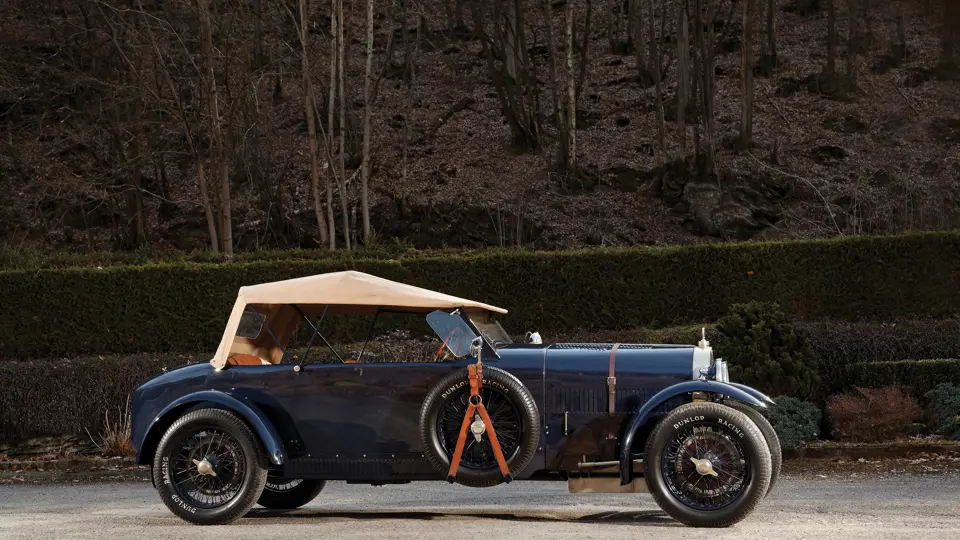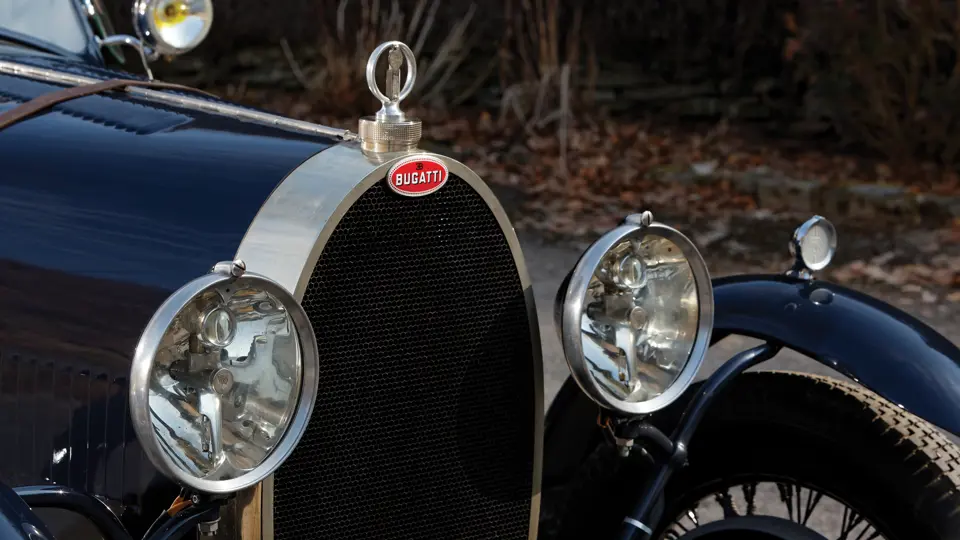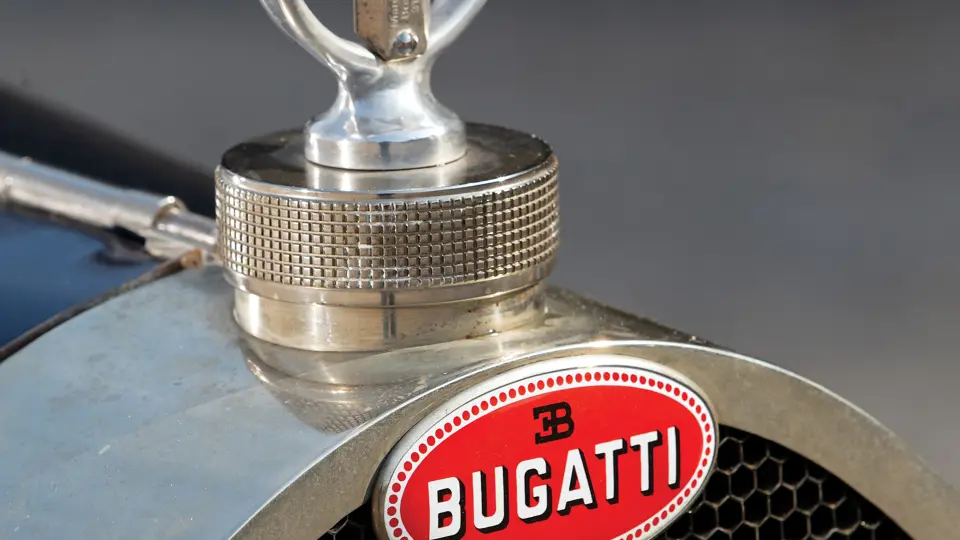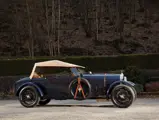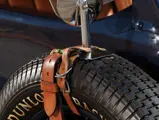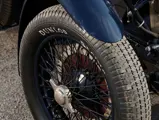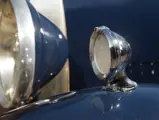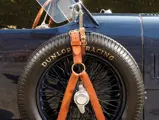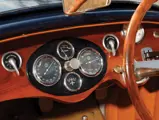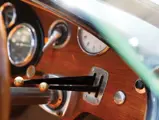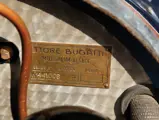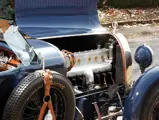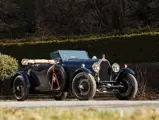80 bhp, 2,991 cc single overhead camshaft inline eight-cylinder engine, four-speed manual transmission, solid front axle with semi-elliptic springs, live rear axle with reversed quarter-elliptic leaf springs, and cable-operated drum brakes. Wheelbase: 3,119 mm (122.8 in.)
“Le Patron” Ettore Bugatti always offered “road” versions of his automobiles, but they were road cars for racing drivers. That changed at the Paris Motor Show of 1927, where Bugatti debuted the Type 44. This model featured an inline eight-cylinder engine, in two cast-iron blocks of four, with a single overhead camshaft and two inlets and one exhaust valve per cylinder, displacing 2,991 cubic centimetres and producing an estimated 80 horsepower. Fitted with a vibration damper and on a long, by Bugatti standards, 3,119-millimetre chassis, it was still a powerful and fast car, but make no mistake, this was a kinder, gentler Bugatti. The late dean of automotive writers, Ken W. Purdy, a man who knew Molsheim’s creations, reported that “a good one will do 80 miles an hour; it’s reasonably quiet, starts easily, is pleasant to shift, and has the softest clutch I, at least, have ever laid foot to”.
The car offered here, chassis number 441008 with engine number 743, was built in April 1929, and it was originally delivered with a cabriolet body, ordered by Bugatti from favoured coachbuilders Gangloff, of Colmar, to Belgian agent Jos Reinartz. By 1936, it was owned by Dr Eugéne Kuborn, of Luxembourg, passing in 1938 to a Belgian buyer, then back to Luxembourg, and in September 1945, to Belgian architect Albert De Lay.
In 1953, the car was acquired by John Whittaker, of Syosett, New York, bringing the car stateside at a cost of merely $360! It passed through Mike Caruso’s legendary yard in the Bronx, a source of many great classics, to W.O. Grube, of New Jersey, who chose to have the car restored by Clem Kornhoff, with a tourer body removed from another Bugatti.
In 1969, the Bugatti was acquired from Grube by a most unusual buyer, General Motors. America’s largest automaker wasn’t interested in studying the car; they wanted it for display in the Auto Pub at the GM Building in New York City. One can only assume that Le Patron’s spirit intervened in one of his little thoroughbreds being used in such an undignified manner. Whilst being installed in the restaurant, the Type 44 promptly dripped gasoline on electrical equipment and caught fire. Its new body, cam box, and radiator were lost; the rest of the car, fortunately, survived, and it was soon passed on to new ownership with Irving Silverman, of Chicago. Its place in the Auto Pub was presumably taken by lesser machinery.
The next owner, Bill McFarling, began a restoration, completed after the Type 44’s sale to Alan Grant, who had respected British coachbuilders, Wilkinson’s, craft a new body to the exact specifications of an original factory Grand Sport, installed along with a “new old stock Bugatti Molsheim” cam box. The car then passed through the hands of Dr Marcel Perlman, with whom it participated in many shows in the United States, eventually into the ownership of the present French owner.
With its history known to, and recorded by, the Bugatti Trust, this Type 44 remains a very pleasant driver today, and it retains an astonishing number of its original numbers-matching components. It would be a superb road car…just as Ettore Bugatti intended.

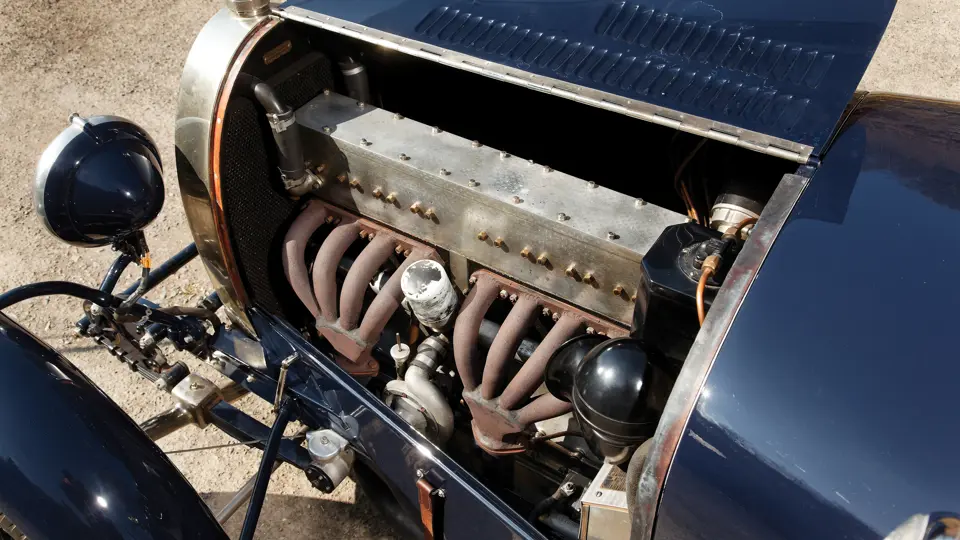



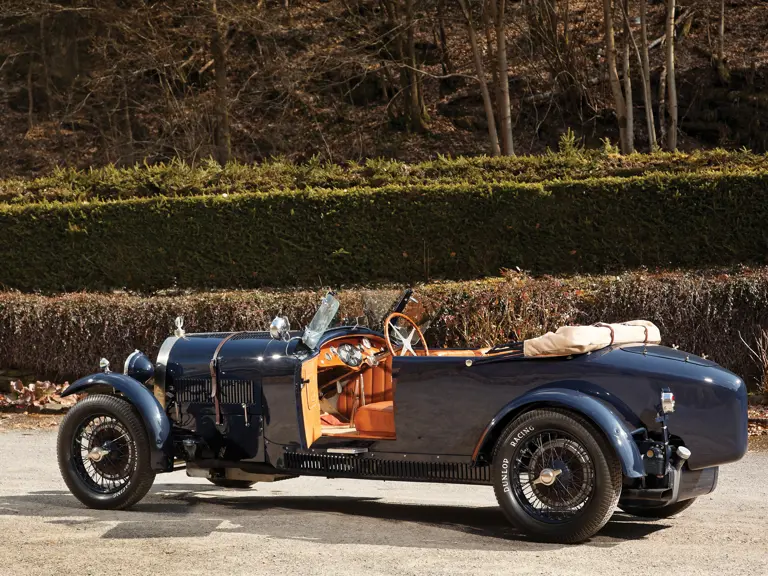



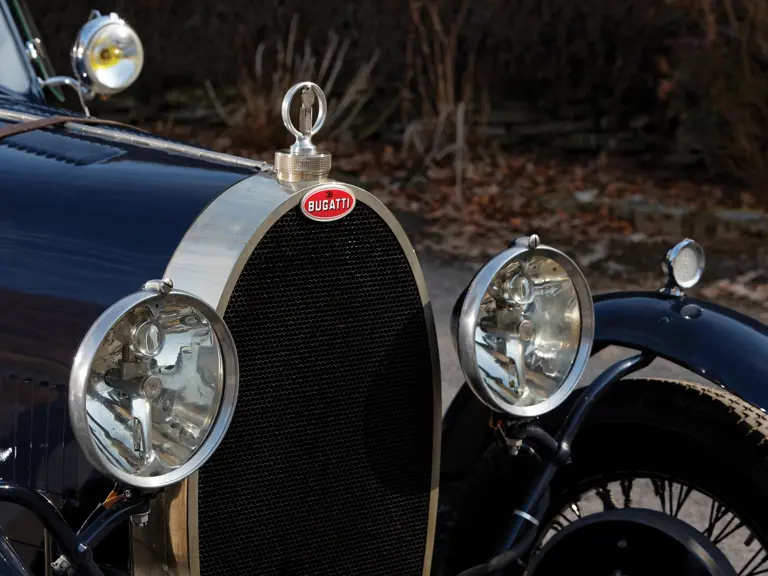

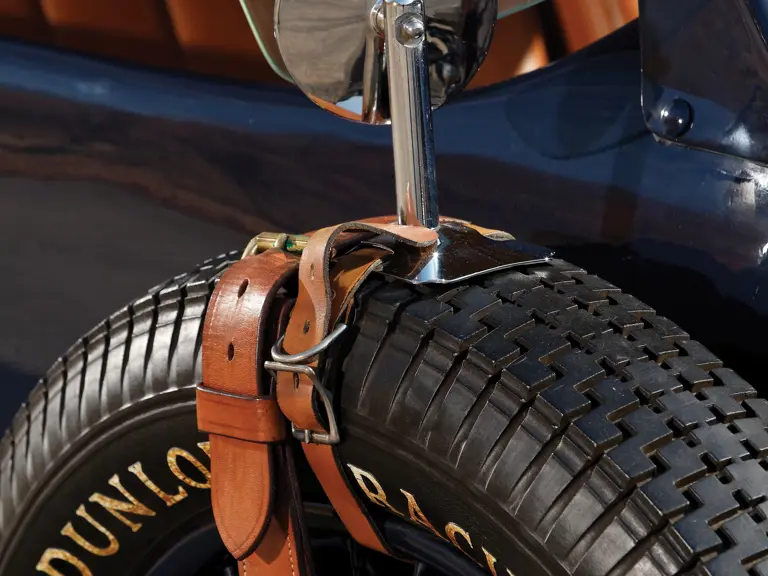

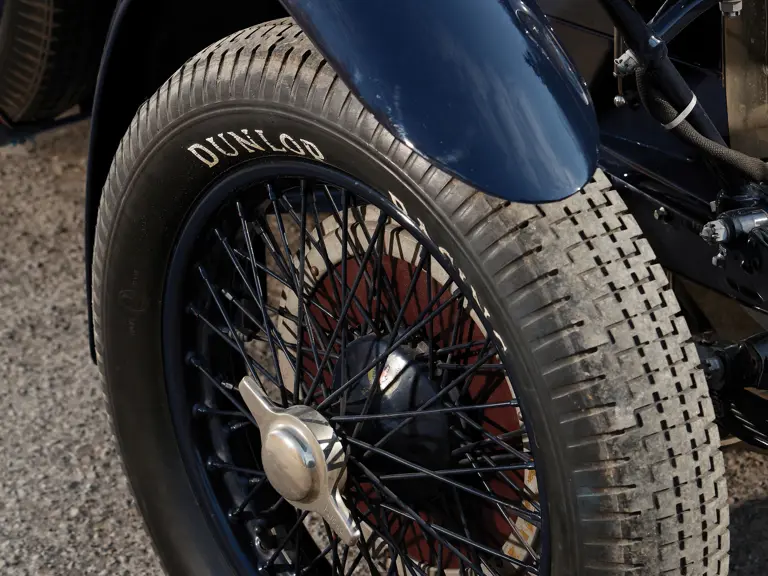


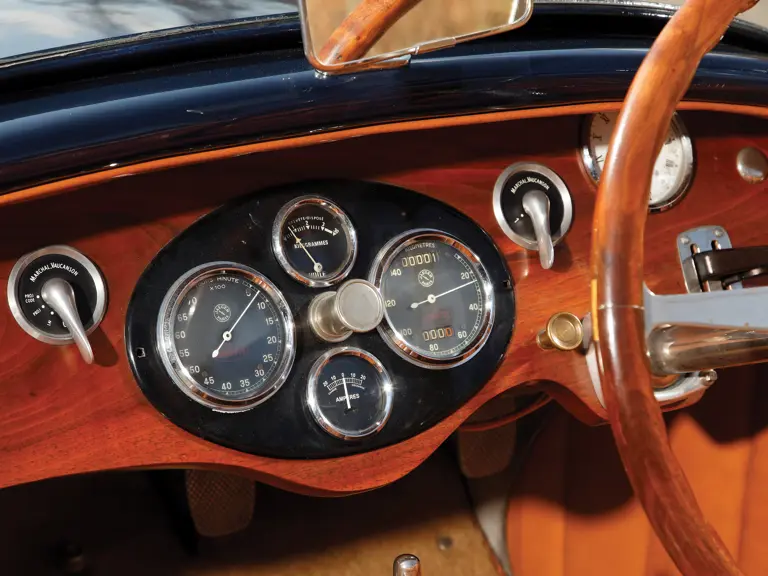


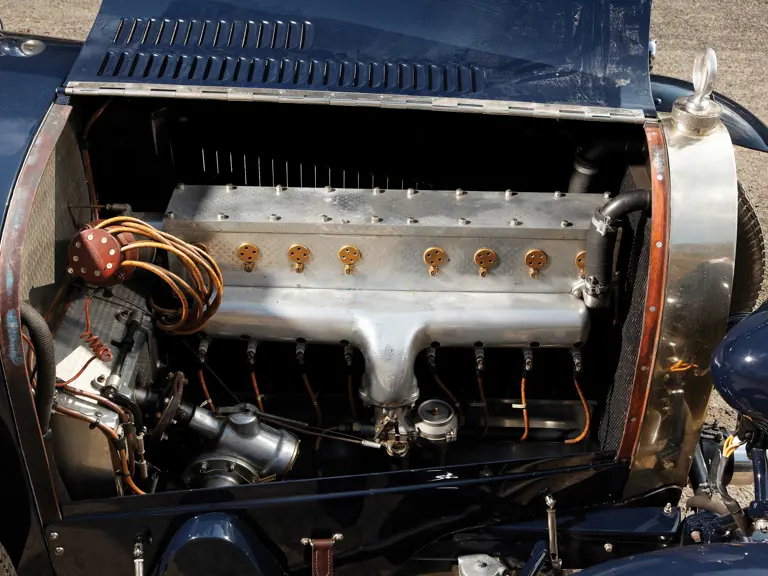
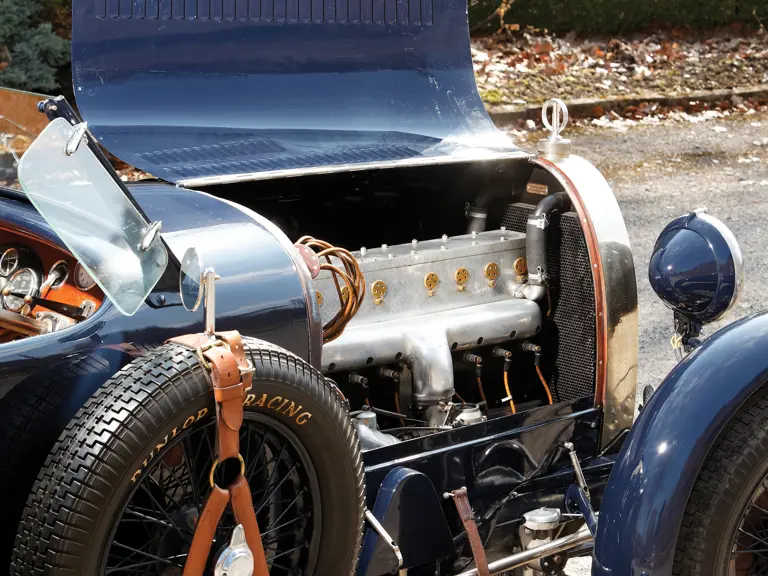
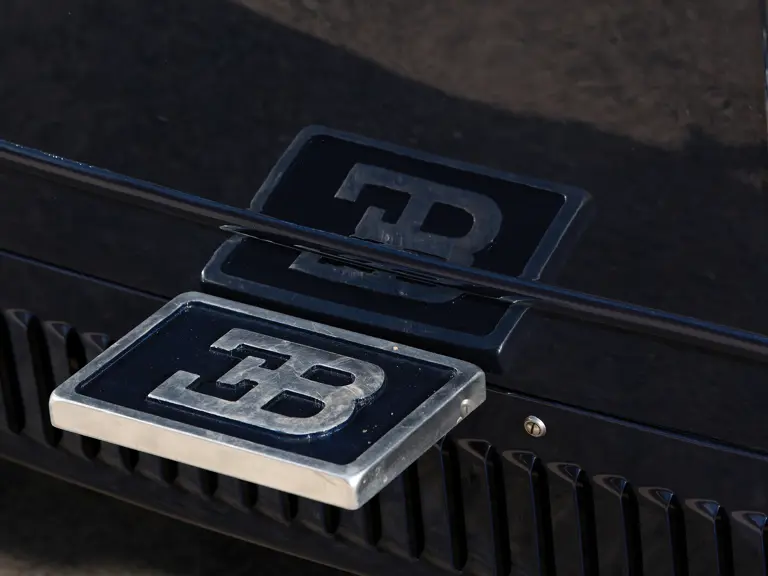
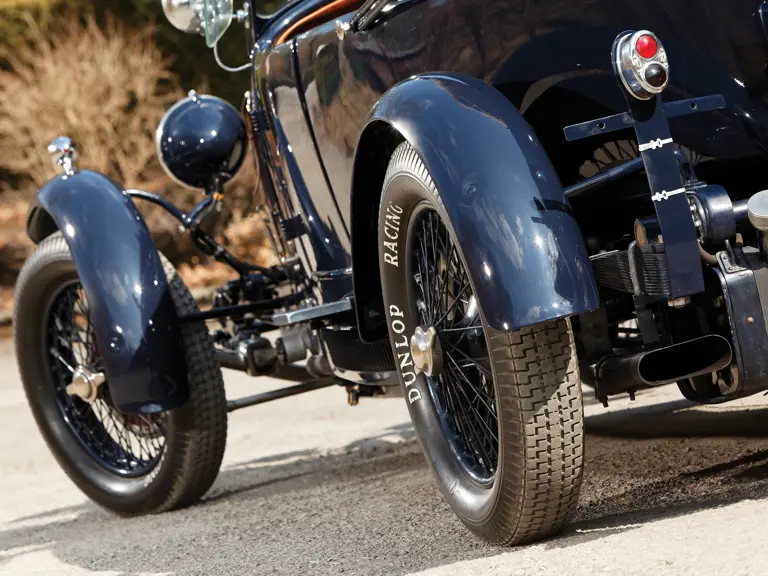


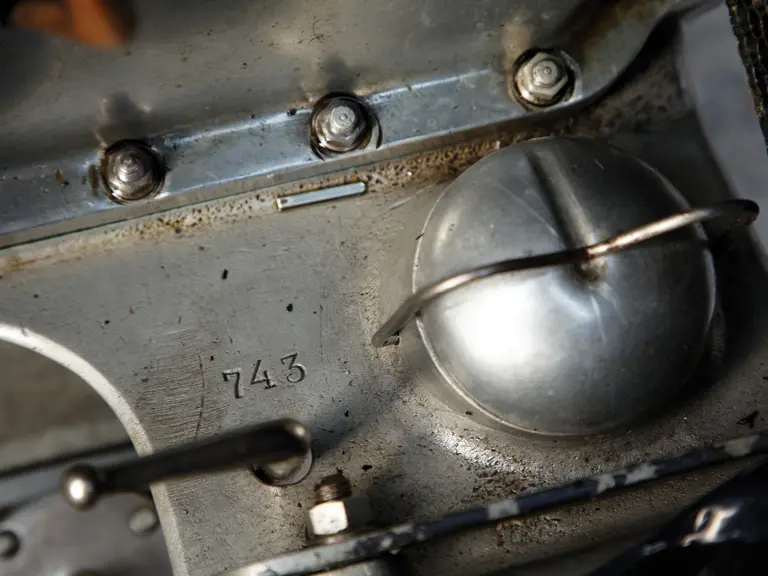
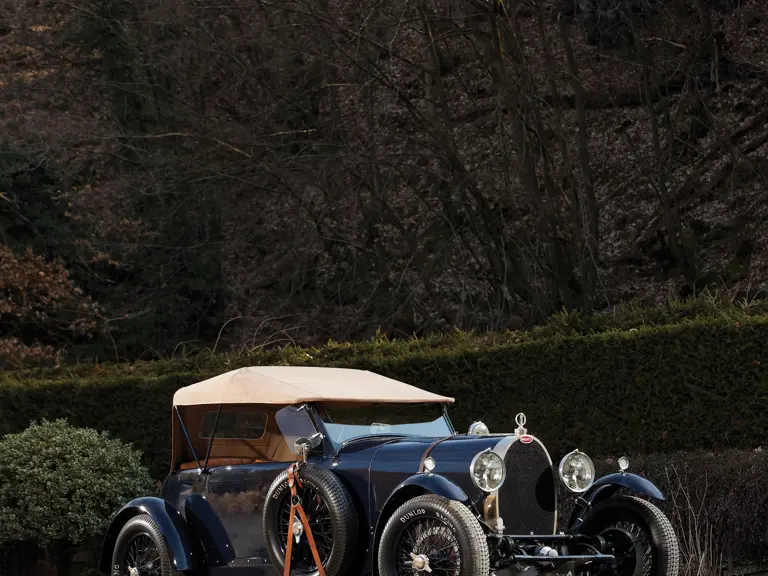
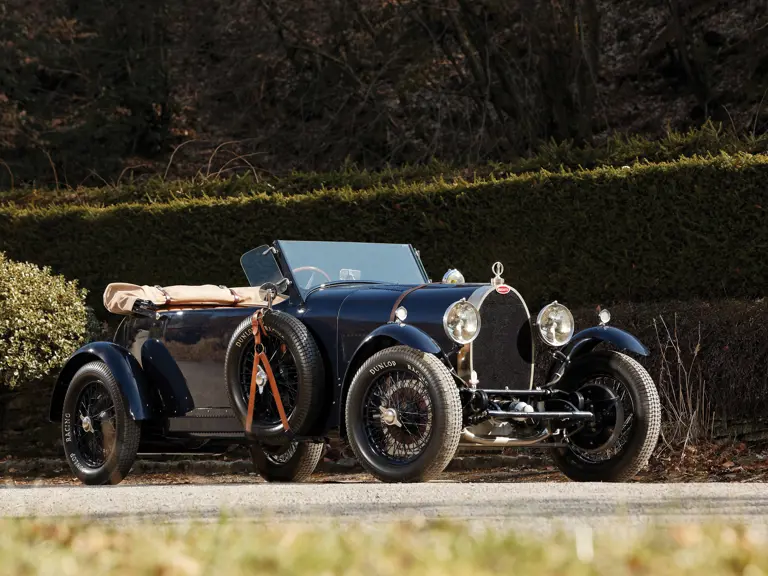
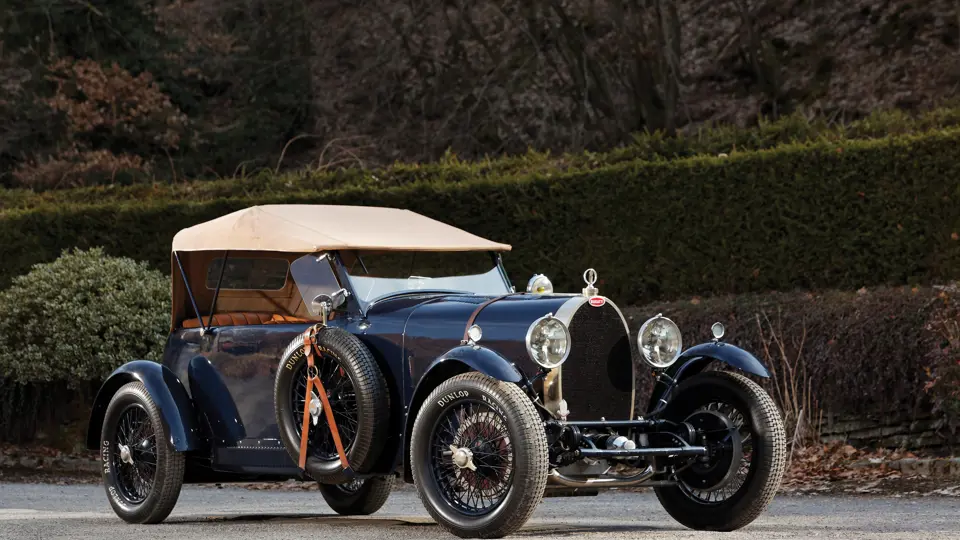
 | Cernobbio, Italy
| Cernobbio, Italy
